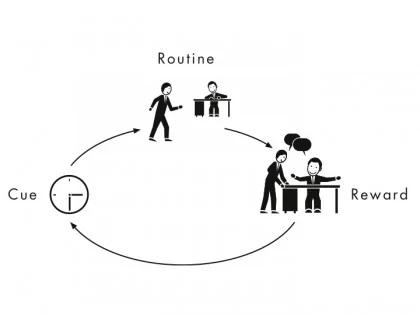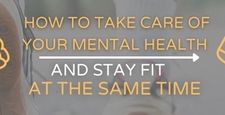4 Tips to Getting Back on Track with Your Workout
You've planned it all out. Thirty minutes a day, five times a week. You're going to stick to your schedule this time. Things start off well, and you're feeling good. But then increased work and family obligations drain your energy. Your plans fall by the wayside. You're not meeting those goals you worked so hard to set. You're not seeing any progress. Eventually, you give up working out altogether. You've fallen into a slump. You quit, or at least paused your exercise.
But does it have to be that way? What can you do to emerge from that slump with renewed motivation?
You can do this!
Here are 4 helpful tips to ditch the slump and get back to enjoying your workout.
1. What Level of Exercise You Were at is Not Where You Should Start.
After a prolonged break, it is not fair to judge yourself on the levels you were at before. It is going to take you time to get back into the swing of things. Lungs, muscles, flexibility will all take time to get back to the levels you were at. From a 2013 study, trained athletes will begin to lose their muscles after three weeks. If you have taken quite a bit of time off, everything will need to be rebuilt. It is okay. Start small, your brain will remember how to get it done and you will be back at it in no time.
2. Create a habit.
Creating a habit may seem like its hard and there is no shortage of information on the subject. Most studies seem to say that it takes 66 days for something to take hold. But that is a blanket statement and putting something on auto pilot is only half the battle, especially with exercise.
We know that you want to exercise, what you need is the reminders, push and reward. In the popular book, The Power of Habit, Charles Duhigg states that most people need a framework in order for habits to take shape. He calls it The Habit Loop and uses the terms Cue, Routine, and Reward to describe the necessary framework.
- Cue could be a visual like setting your clothes out the night before, setting an alarm reminder, or going for a walk immediately after you get home before you sit down or cook dinner.
- Routine is the act of exercise itself like running, walking, or cycling or yoga. If you don't feel like doing the workout it is often wise to think about your goals and then write down why you can't go exercise today. Most often when you see your excuses, you will realize that they are often just excuses that won't help you achieve your goals.
- Reward is the way you reinforce the behavior. It can be as simple as examining how good you feel after your workout or how excited you are when you realize you are that much closer to your Yes.Fit medal. Be extremely careful though not to connect negative rewards with positive ones. Like Jenni Farrell said in "Daily Steps Matter", it is really easy to reward yourself with things that aren't healthy. Meaning, going for pizza and ice cream after you did a workout is really counter-productive. Instead reward yourself with a movie, book, or new clothes. Positive reinforcement is so important.

3. Stop Pushing Yourself.
Is 'no pain, no gain' your mantra? Has that ever made you push yourself a little too hard to the point that exercise feels like a chore? Exercising too much can have some painful consequences on our bodies and minds, including increased heart problems and insomnia. Be proud of the work you've accomplished, no matter how small.
4. Stay Positive.
Negativity can produce harmful neurological and physical effects on our health. By staying positive about our workout, we can increase our lifespan and live a healthier, happier life. Change the way you view exercise and it will make you better equipped to handle those days you missed. Love working out; don't loathe it!
With these tips, you can tell that slump to go take a hike (and maybe take one yourself-- it's beautiful outside!)



















